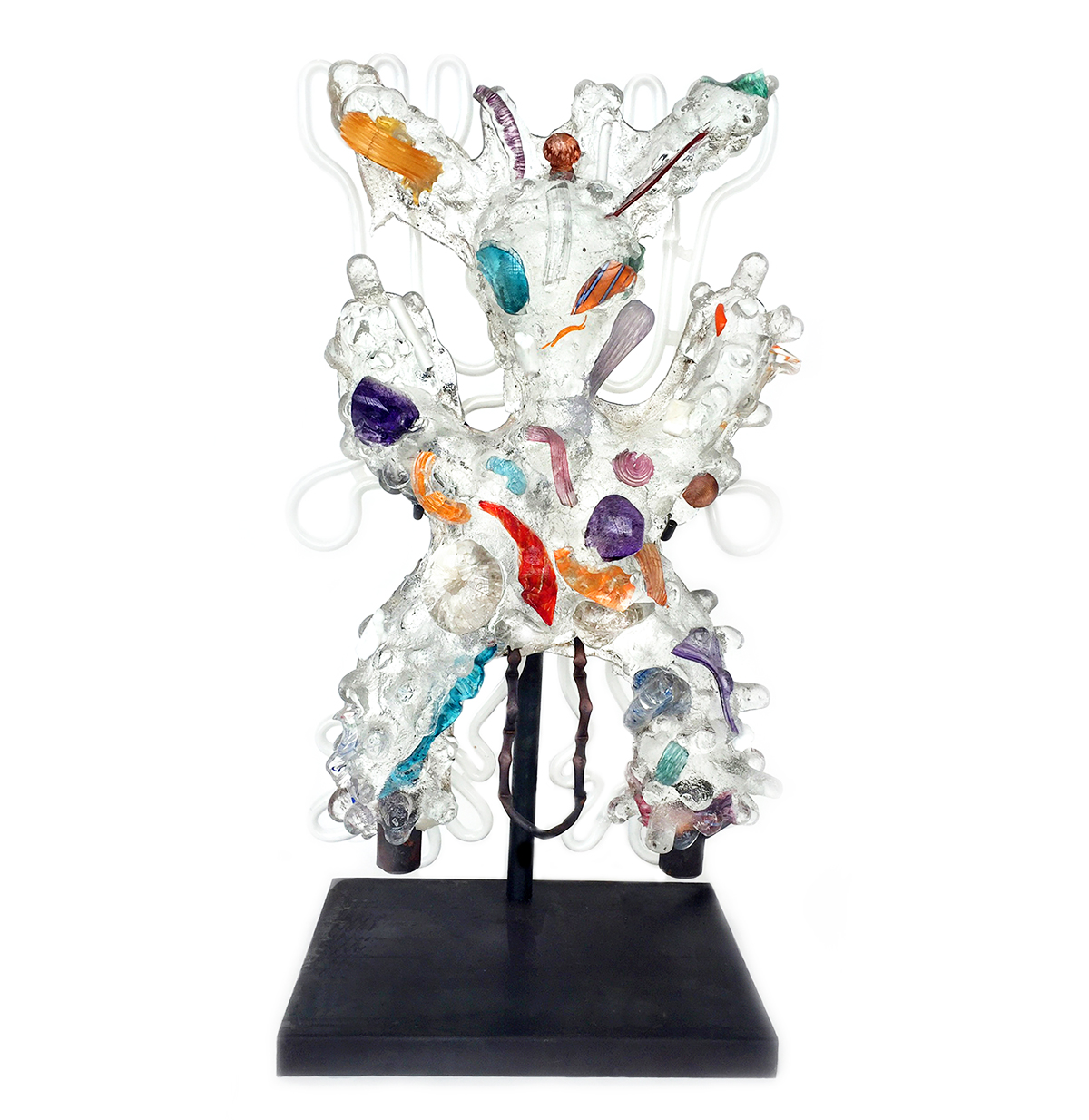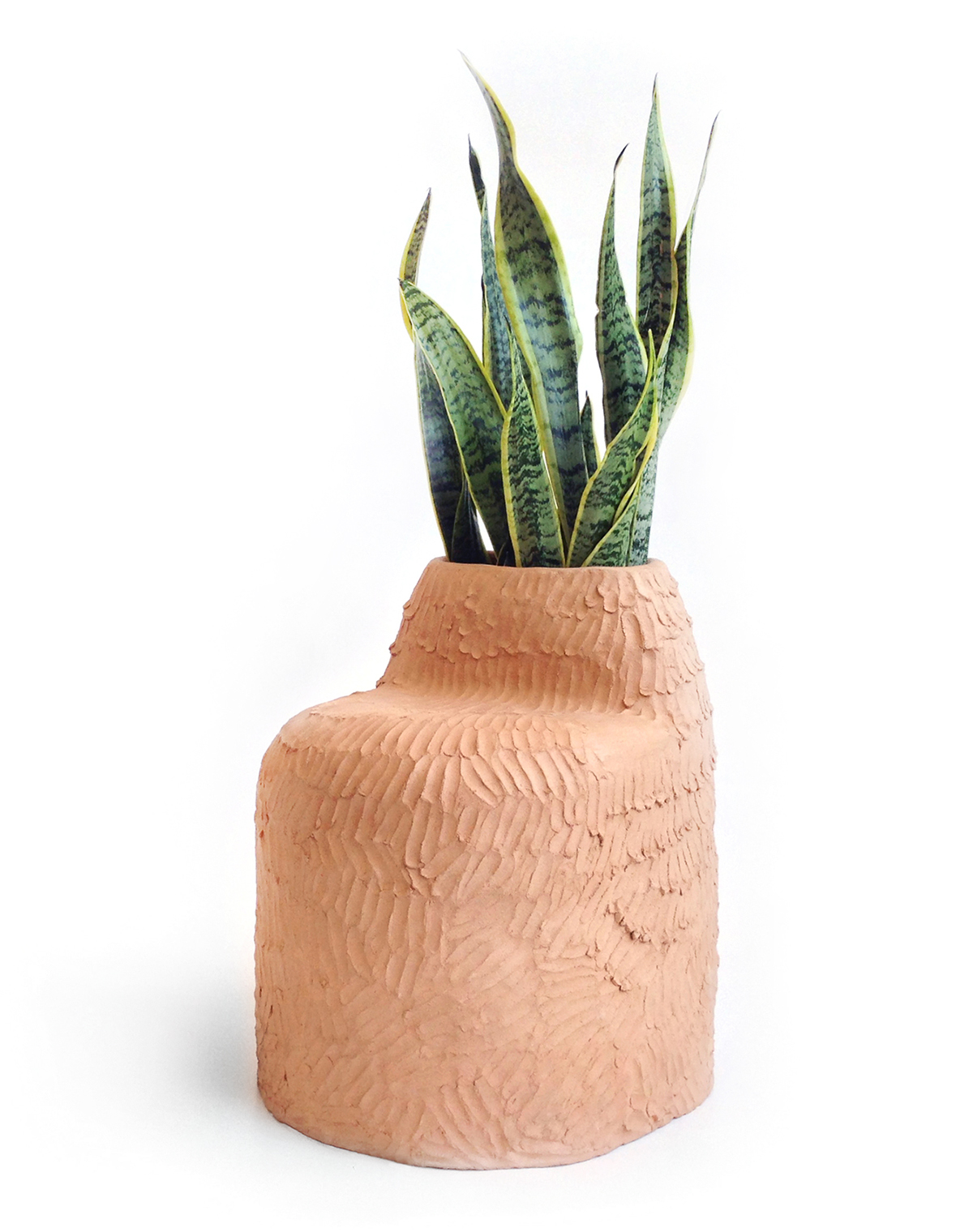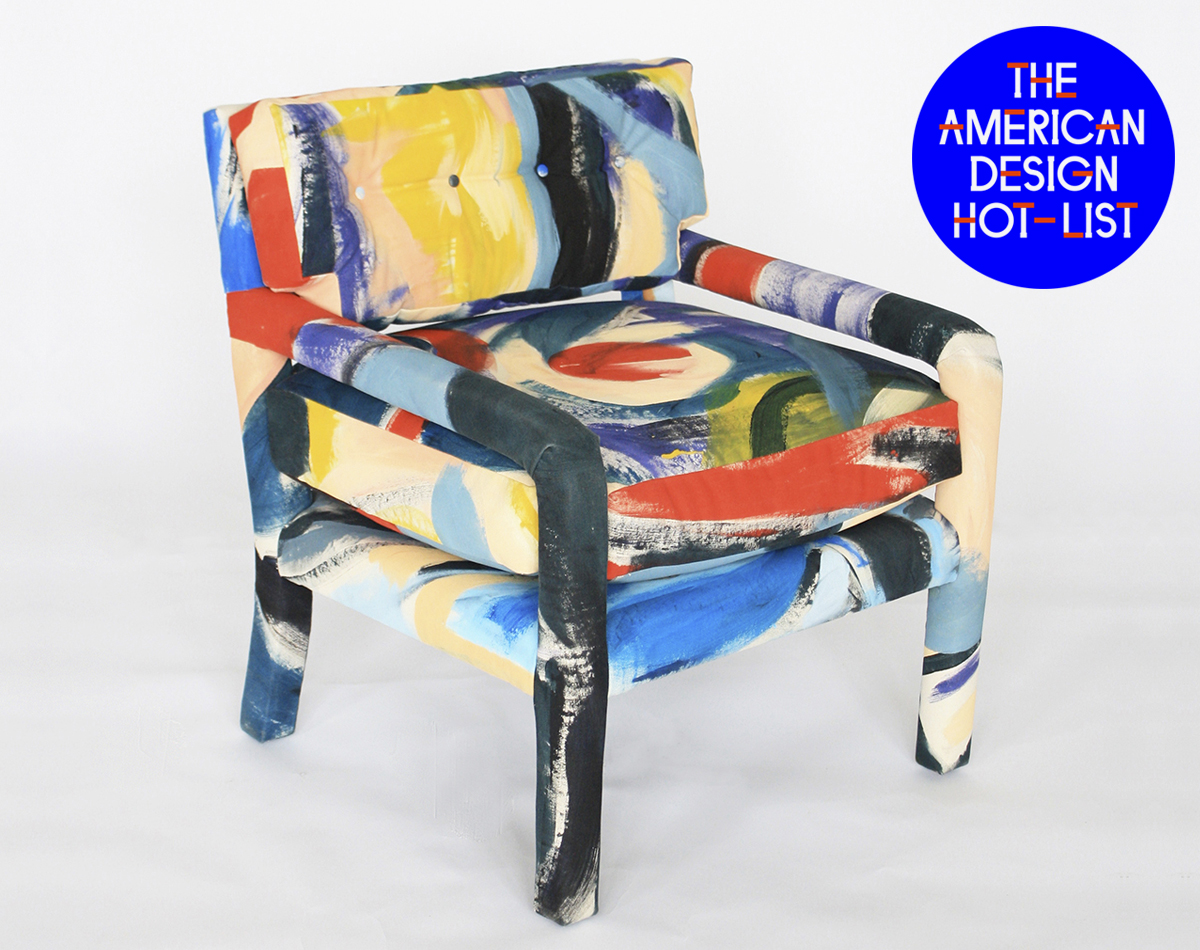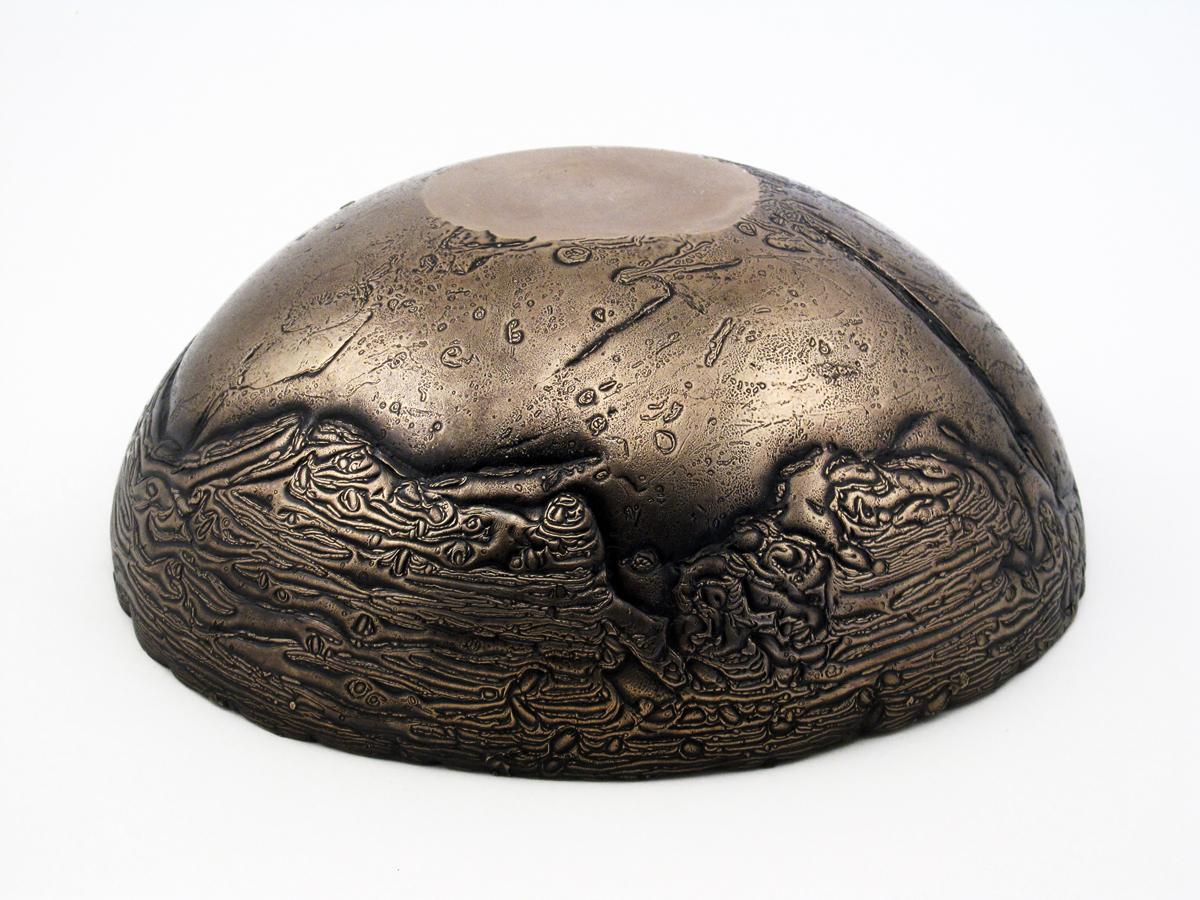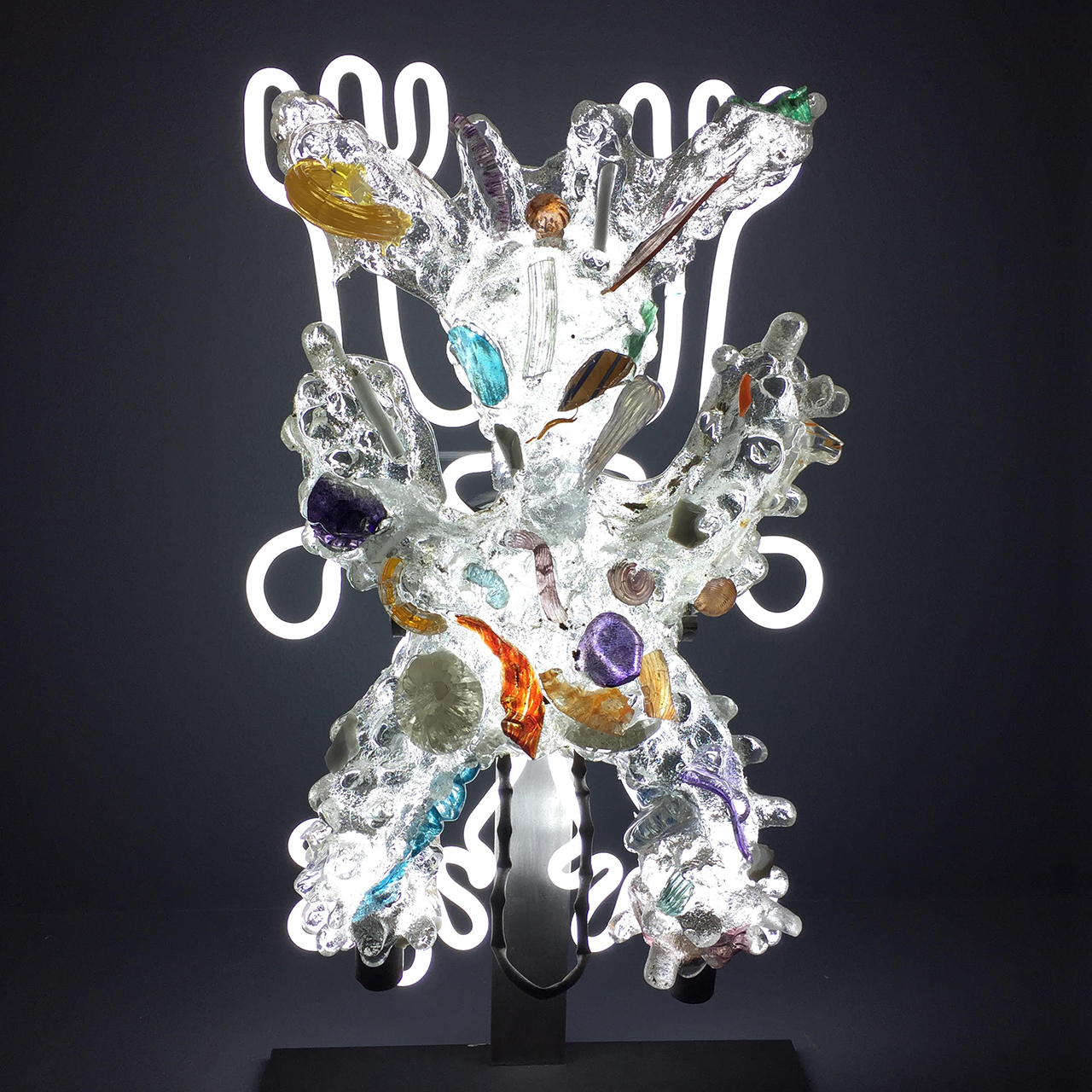
American Design Hot List 2015
Chris Wolston
New York, chriswolston.com
Working between Brooklyn and Medellin, Colombia, Wolston made a splash this year with his sand-cast glass and neon Fetish Lights.
What is American design to you, and what excites you about it?
Right now there’s an exciting landscape of designers ignoring the limitations of their own field and bringing critical thinking back into the mix. I feel free to go through the steps of a designer out of chronological order, pulling in inspiration though varied methodologies. For me it starts at a factory, getting to know its possibilities. I love to build a piece around what’s typically the fault of a production system. Building on what’s usually a glitch opens up a whole other method of producing, and down this path I find my next product. Is that being a designer? Maybe? Shouldn’t American design be a rough and tumble landscape that’s defined by mavericks?
What’s exciting about this new motion in American design is the possibility of ignoring the label “designer” and making objects that don’t sit comfortably in any category. As people tire of the lazy qualifier that art has to be nonfunctional, and that design is meant to make our lives more comfortable, this huge territory is opened up, and many young creatives are beginning to explore it. I think we saw this attitude shift beginning with the huge revival of more playful objects inspired by Memphis, but are really only just entering the true spirit, which involves more in-depth material uses.
What are your plans and highlights for the upcoming year?
I have a new gallery in Berlin, Johanssen Gallery, where my Fetish Lights are included in a show and a solo show will soon follow. I’ve been invited by the Museo de Antioquia in Medellin to do an installation at the MD15 Biennale. The Museum of American glass is working on acquiring a Fetish Light for their permanent collection; one of the lights is currently installed there in a long-term exhibition. The interiors department at Bergdorf is also interested in doing an installation of Fetish lights — TBD. And I’m working on a new collection of side tables at the studio in Medellin that combines sand-cast aluminum and foamed aluminum sheeting. Finally, The Future Perfect in San Francisco is going to be carrying my new Terracotta Furniture this fall.
What inspires your work in general?
The inspiration for my work often comes from visiting factories and seeing how things are made. The aluminum foundry where I’m making a new series of side tables in Medellin is set up in an old car garage between a brightly painted pink house and a popsicle shop. Everything in the shop is done by hand except for polishing, which is made easier by a grinding wheel at the front. Inside, the foundry floors are piled high with mounds of black casting sand. The furnace in the back casts a glow that’s reflected by the piles of chopped aluminum engine-blocks and old cooking pots from the recycling yard. The old pots are waiting to be recast into lemon juicers and wok-shaped pans used for processing sugar. Dario’s family has run the foundry for two generations, and his sons have helped me set up a series of sand molds in the middle of the floor. From here, the physical work begins, but it’s not only about sand-cast aluminum or responding to design trends, it’s about the environment and the experience — exploring new frontiers.
I like understanding material relationships, and seeing how people connect with the things around them, knowingly or not. My line of Terracotta Furniture is a perfect example of this. While I was in Medellin conducting research on a Fulbright, I taught a series of ceramics workshops for kids from around the city. On the first day of class I asked the kids to bring in a handful of dirt from around their neighborhood. Over the next weeks, we processed the dirt into clay, and the kids made sculptures with the earth from their homes. We visited a pre-Columbian ceramics archive at the University and a brick factory, and in all of these different applications the material being used was terracotta. I was interested in the fact that nearly an entire city was built out of one material, yet the people living there weren’t very aware of it.
